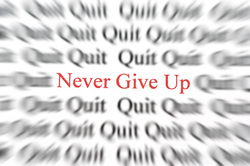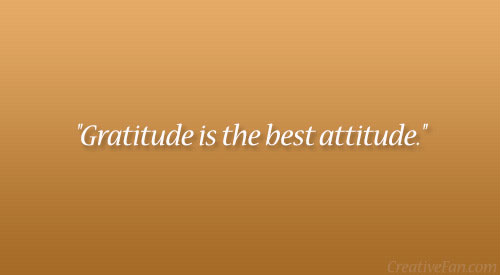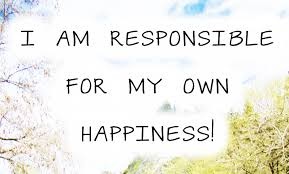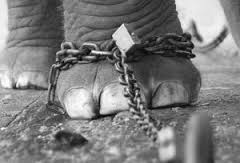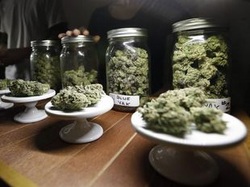- It is estimated that 160,000 children miss school every day due to fear of attack or intimidation by other students. Source: National Education Association.
- American schools harbor approximately 2.1 million bullies and 2.7 million of their victims. Dan Olweus, National School Safety Center.
- 1 in 7 Students in Grades K-12 is either a bully or a victim of bullying.
- 56% of students have personally witnessed some type of bullying at school.
- 15% of all school absenteeism is directly related to fears of being bullied at school.
- 71% of students report incidents of bullying as a problem at their school.
- 1 out of 20 students has seen a student with a gun at school.
- 282,000 students are physically attacked in secondary schools each month.
- Those in the lower grades reported being in twice as many fights as those in the higher grades. However, there is a lower rate of serious violent crimes in the elementary level than in the middle or high schools.
- 90% of 4th through 8th graders report being victims of bullying
- Among students, homicide perpetrators were more than twice as likely as homicide victims to have been bullied by peers.
- Bullying statistics say revenge is the strongest motivation for school shootings.
- 87% of students said shootings are motivated by a desire to “get back at those who have hurt them.”
- 86% of students said, “other kids picking on them, making fun of them or bullying them” causes teenagers to turn to lethal violence in the schools.
- 61% of students said students shoot others because they have been victims of physical abuse at home.
- 54% of students said witnessing physical abuse at home can lead to violence in school.
- According to bullying statistics, 1 out of every 10 students who drops out of school does so because of repeated bullying.
- Harassment and bullying have been linked to 75% of school-shooting incidents.
Bullying can take many forms but it usually includes the following types of behavior:
• Physical – hitting, kicking, pinching, punching, scratching, spitting or any other form of physical attack. Damage to or taking someone else’s belongings may also constitute as physical bullying.
• Verbal – name calling, insulting, making racist, sexist or homophobic jokes, remarks or teasing, using sexually suggestive or abusive language, offensive remarks
• Indirect – spreading nasty stories about someone, exclusion from social groups, being made the subject of malicious rumours, sending abusive mail, and email and text messages (cyber bullying).
• Cyber Bullying - any type of bullying that is carried out by electronic medium. There are 7 types including:
1. Text message bullying
2. Picture/video clip bullying via mobile phone cameras
3. Phone call bullying via mobile phones
4. E-mail bullying
5. Chat-room bullying
6. Bullying through instant messaging (IM)
7. Bullying via websites
Suicide remains among the leading causes of death of children under 14. And in most cases, the young people die from hanging. (AAS)
A new review of studies from 13 countries found signs of an apparent connection between bullying, being bullied, and suicide. (Yale School of Medicine)
Suicide rates among children between the ages of 10 & 14 are very low, but are "creeping up." (Ann Haas, Director of the Suicide Prevention Project at the American Foundation for Suicide Prevention)
The suicide rate among young male adults in Massachusetts rose 28 percent in 2007. However, that does not reflect deaths among teenagers and students Carl's age. (Massachusetts Dept. of Public Health, in a report released April 8, 2009)
• Since 2002, at least 15 schoolchildren ages 11 to 14 have committed suicide in Massachusetts. Three of them were Carl's age. ("Constantly Bulled, He Ends His Life at Age 11," by Milton J. Valencia. The Boston Globe, April 20, 2009)
• Suicide rates among 10 to 14-year-olds have grown more than 50 percent over the last three decades. (The American Association of Suicidology, AAS)
• In 2005 (the last year nationwide stats were available), 270 children in the 10-14 age group killed themselves. (AAS)
In a 2007 study, 86% of LGBT students said that they had experienced harassment at school during the previous year. (Gay, Lesbian and Straight Education Network -- GLSEN)
Research indicates that LGB youth may be more likely to think about and attempt suicide than heterosexual teens. (GLSEN)
In a 2005 survey, students said their peers were most often bullied because of their appearance, but the next top reason was because of actual or perceived sexual orientation and gender expression. ("From Teasing to Torment: School Climate of America" -- GLSEN and Harris Interactive)
According to the Gay, Lesbian and Straight Education Network 2007 National School Climate Survey of more than 6,000 students...
• Nearly 9 out of 10 LGBT youth reported being verbally harassed at school in the past year because of their sexual orientation
• Nearly half (44.1 percent) reported being physically harassed
• About a quarter (22.1 percent) reported being physically assaulted.
• Nearly two-thirds (60.8 percent) who experienced harassment or assault never reported the incident to the school
• Of those who did report the incident, nearly one-third (31.1 percent) said the school staff did nothing in response
Lets us all make the commitment now to treat others with kindness and compassion. We all have something we are battling with and a kind word can make all the difference!
